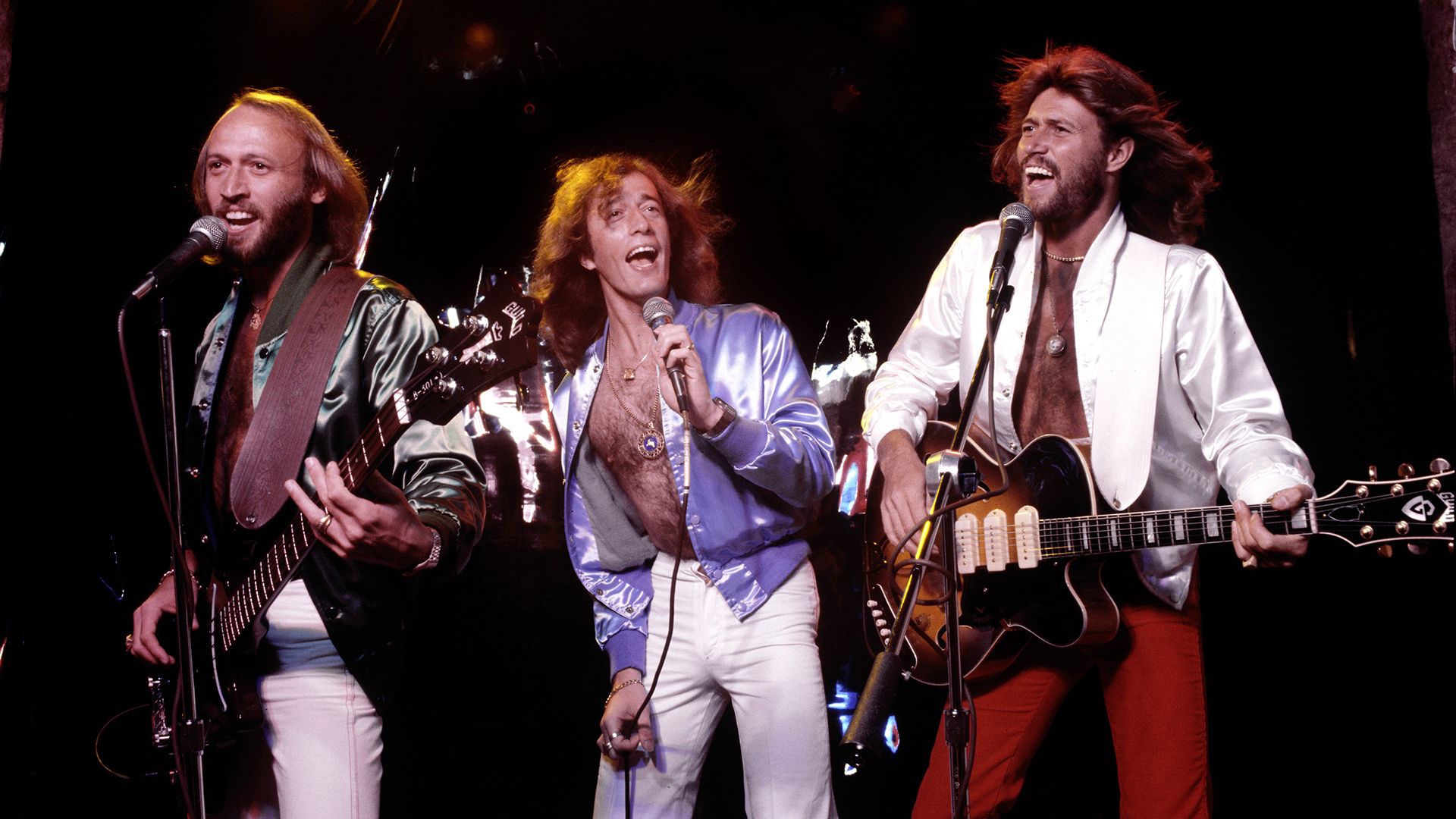
About the song
Bee Gees’ enigmatic and introspective ballad, Walking Back to Waterloo. Released in 1971 on their Trafalgar album, this track marked a pivotal moment for the brothers Gibb. Following a brief foray into a more psychedelic rock sound, Walking Back to Waterloo ushered in a return to their trademark melodic sensibilities, albeit with a newfound maturity in their lyricism.
---> Scroll down for the VIDEO
The song opens with a sense of longing, a yearning for a different time. The narrator wishes for a bygone era where “people sang and poems rhymed,” perhaps referencing the Romanticism of the 19th century or even the grand historical epics of yore.
This romanticized past is juxtaposed with the singer’s own reality, one where he feels out of place, yearning to be a grand historical figure like Napoleon, leading a thousand ships with “a windy sail, so huge and high it’s tall enough to touch the sky.” There’s a melancholic beauty in this yearning, a recognition that his own life feels comparatively mundane.
---> Scroll down for the VIDEO
The recurring refrain, “Walking Back to Waterloo again. Where do I begin?”, acts as a poignant anchor throughout the song. Waterloo itself is a fascinating choice of location. While it most likely refers to the London railway station, the historical Battle of Waterloo also casts a long shadow.
Is the narrator literally walking back to a train station, or is it a metaphorical journey back to a turning point in his life, a moment where things went off course? The ambiguity adds depth and allows the listener to project their own experiences onto the song.
The verses explore a sense of disillusionment with the present. The narrator questions societal pressures and the very nature of existence, pondering, “What is life when a man is pressured / Based on wrong or right? And I don’t know what it means.” There’s a hint of rebellion here, a rejection of clear-cut definitions and a search for something more meaningful.
Despite the melancholy undercurrent, the song isn’t entirely devoid of hope. The line, “But I still place my trust in the Queen”, offers a glimmer of faith in something larger than oneself, be it a symbol of authority or perhaps a more personal source of strength.
Walking Back to Waterloo is a song that rewards repeated listens. It’s a tapestry woven with themes of nostalgia, existential questioning, and a yearning for something more. The Bee Gees’ signature harmonies seamlessly blend with the introspective lyrics, creating a timeless and thought-provoking ballad.